MEDIUM
Earn 100
Select the proper graph between the gravitational potential () due to hollow sphere and distance () from its centre
(a)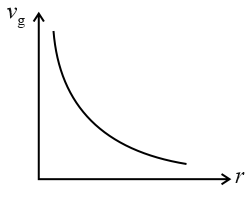

(b)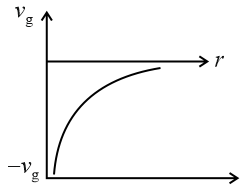

(c)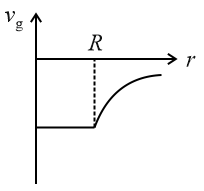

(d)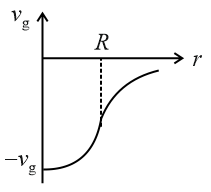

100% studentsanswered this correctly
Important Questions on Gravitation
MEDIUM
Consider two solid spheres of radii , and masses and respectively. The gravitational field due to sphere and are shown. The value of is:
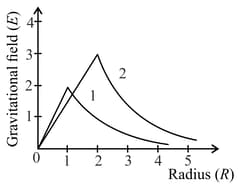
MEDIUM
MEDIUM
MEDIUM
MEDIUM
HARD
MEDIUM
EASY
A spherically symmetric gravitational system of particles has mass density where, is a constant. A test mass can undergo circular motion under the influence of the gravitational field of particles. Its speed as a function of distance from the centre of the system is represented by
MEDIUM
MEDIUM
MEDIUM
HARD
From a solid sphere of mass and radius a spherical portion of radius is removed as shown in the figure. Taking gravitational potential at the potential at the centre of the cavity thus formed is (gravitational constant)
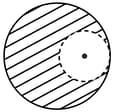
HARD
HARD
EASY
EASY
EASY
EASY
EASY
MEDIUM

